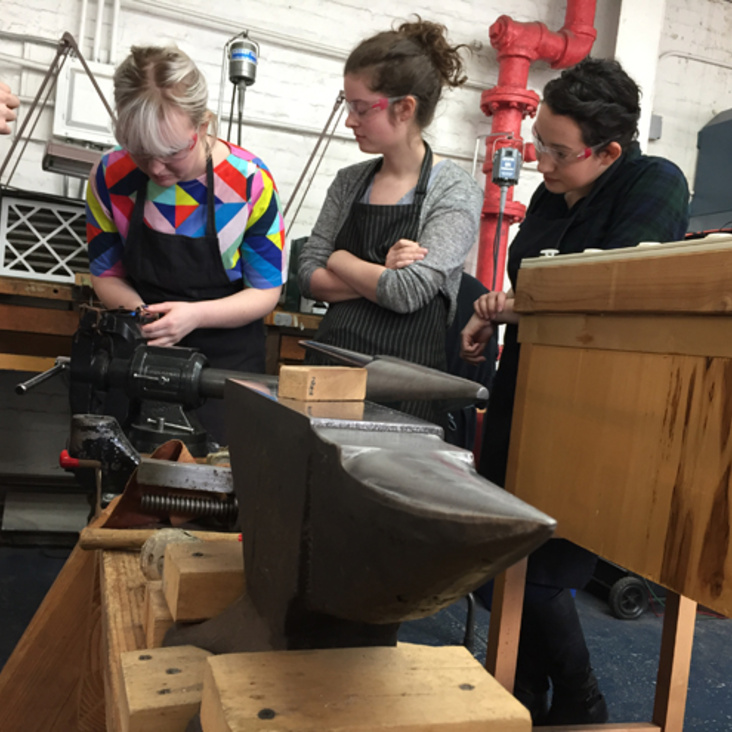
Bark tree, deerskin, and cactus and agave fibers were used in Mexico as documenting materials during pre-colonial times. Used primarily to create codices, they played an important cultural role, especially in the recording and transmission of knowledge. Even though many indigenous groups developed paper-making technologies, after the Spanish conquests these traditions started to disappear. Currently, there is only one village in Mexico, the Otomi Village of San Pablito in Sierra Norte of Puebla, that preserves the practice of making bark tree paper, or papel amate.

The “Materials Day” workshop at Dieu Donné, where I learned and practiced the process of hand papermaking, sparked my interest in the expressive possibilities of this ubiquitous craft, and the technologies that make it possible. I was fascinated by the tactility of the medium, the richness of the materials and their transformative processes; from raw fibers, to a mushy pulp, and finally to a flat surface. We were able to work with multiple dyes, fibers−cotton, linen, and abaca−and experience first-hand their sensorial particularities, and distinct end results. In addition, we were able to apply multiple mediums and techniques in our experimentation with papermaking, including collage, painting, stencils and textiles.
This experience has expanded my research interests, which center on Pre Columbian jewelry and textiles, towards the material culture of Native American writing and documenting systems. The complexity of contemporary papermaking machines, which play a big role in the process, demonstrates the genius of ancient makers, who without these machines, relied on their embodied knowledge and artisanal methods. One thing is for sure, the experience of learning hands-on from the material itself, and the process of making it, will prove essential in my forthcoming research.
—Juliana Fagua-Arias, MA






